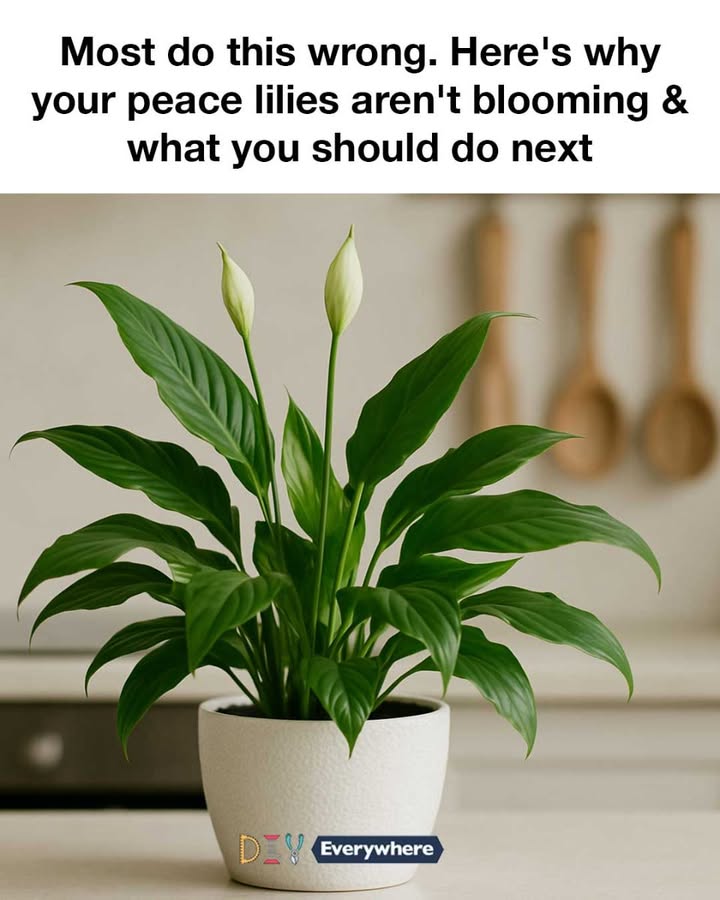Peace lilies are a popular choice for indoor plants, known for their lush green leaves and striking white blooms. However, many plant enthusiasts find themselves frustrated when their peace lilies refuse to bloom. Despite their reputation for being low-maintenance, peace lilies have specific needs that must be met for them to flower.
Understanding the reasons behind a peace lily’s failure to bloom can be the first step toward encouraging those elusive flowers. By examining the plant’s natural habitat, common care mistakes, and the specific conditions required for blooming, you can transform your peace lily from a simple foliage plant into a stunning floral display.
1. Understanding the Natural Habitat of Peace Lilies
Peace lilies (Spathiphyllum spp.) are native to the tropical rainforests of Central and South America. In their natural habitat, they thrive under the canopy of taller trees, where they receive filtered sunlight and enjoy high humidity levels. This environment provides them with consistent warmth and moisture, which are crucial for their growth and blooming.
To mimic these conditions in your home, it’s important to provide a similar environment. This means ensuring that your peace lily receives indirect light, high humidity, and a stable temperature. Understanding these natural preferences can help you create the ideal conditions for your peace lily to bloom.
2. Common Mistakes in Peace Lily Care
One of the most common mistakes in peace lily care is overwatering. Many people assume that because peace lilies are tropical plants, they require constant moisture. However, peace lilies prefer to dry out slightly between waterings. Overwatering can lead to root rot, which can prevent blooming.
Another mistake is placing the plant in direct sunlight. While peace lilies need light to bloom, direct sunlight can scorch their leaves and inhibit flowering. Ensuring that your peace lily is in a spot with indirect light is crucial for its health and bloom production.
3. The Importance of Proper Lighting
Proper lighting is essential for peace lilies to bloom. These plants thrive in bright, indirect light. Direct sunlight can damage their leaves, while too little light can prevent blooming altogether. Ideally, place your peace lily near a north or east-facing window where it can receive filtered light.
If natural light is insufficient, consider using a grow light to supplement. A fluorescent light placed about 12 inches above the plant can provide the necessary light intensity for blooming. Remember, the goal is to mimic the dappled light of a rainforest canopy.
4. Watering: How Much Is Too Much?
Peace lilies prefer to have their soil kept consistently moist but not soggy. Overwatering is a common issue that can lead to root rot, which in turn can prevent blooming. To avoid this, water your peace lily when the top inch of soil feels dry to the touch.
It’s also important to use well-draining soil and a pot with drainage holes to prevent excess water from accumulating. During the winter months, when the plant’s growth slows, reduce watering frequency to prevent overwatering.
SEE NEXTE PAGE
ADVERTISEMENT
ADVERTISEMENT

